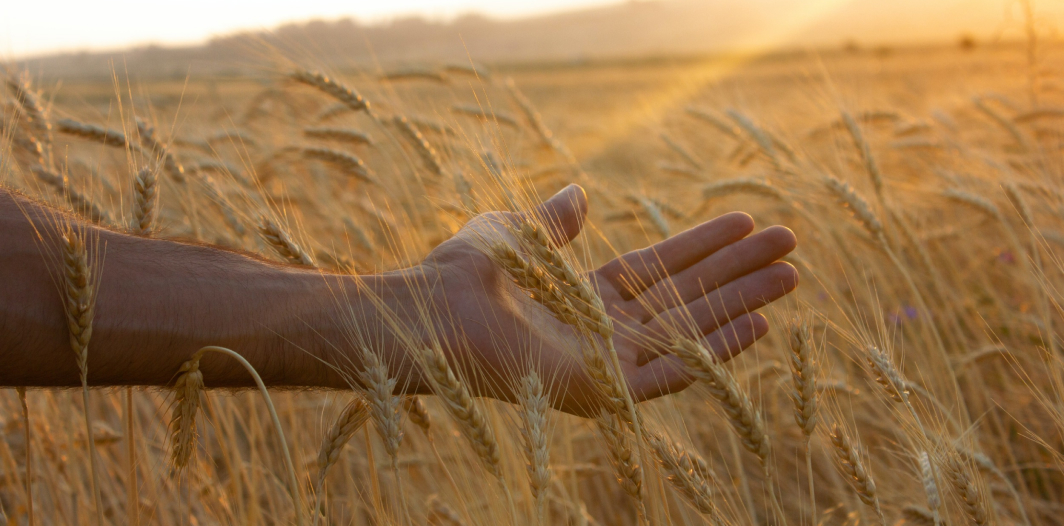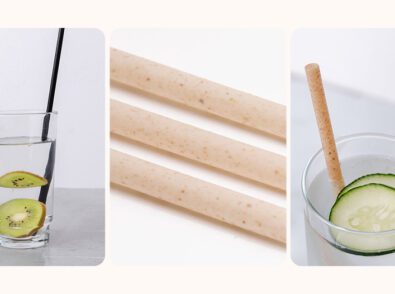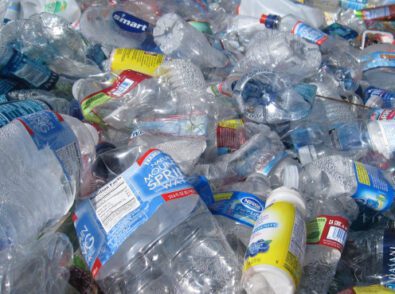What Are Renewable Resources?

When we talk about renewable resources, we’re really talking about sustainability. Renewable resources can be described as anything that renews itself faster than it can be depleted.
Whether referring to raw materials or energy, a renewable source is always better. Creating from a renewable source means we will never run out, harm, or deplete critical habitats that support life on Earth.
Greenprint makes single-use disposable products, which have traditionally been made from plastic. Plastic and other petroleum-based products are incredibly harmful to the environment because they do not break down.
Our line of disposables leverages renewable resources including bioplastics PHA, PHB, PLA and natural fibers such as sugar cane, agave and cassava.
Today we’ll explore renewable resources, including PHA, biofading products, post-consumer recycled products, and other materials used to make Greenprint single-use disposables.
Why Sustainability is a Core Human Value
Sustainability is more than just a buzzword. It’s a holistic way of approaching life, encompassing societal, economic, and environmental concerns. Sustainability addresses today’s needs without compromising how people will survive in the future.
We are already seeing the ill effects of climate change around the world. With the health and wellbeing of the planet at stake, it’s more important than ever to make sustainable choices and ensure a bountiful future for generations to come.
The choices we make today have far-reaching impacts. We may not be able to undo the damage already done. Still, by aligning our core values (the principles that inform our decisions and behavior) to make mindful decisions about the products we create and use, we can catalyze positive change.
Renewable Materials in Greenprint Products
At Greenprint, we are dedicated to building a sustainable ecosystem in the single-use disposables category. The restaurant and food service industry is responsible for much of the 40 million tons of plastic we throw away each year. Many countries, including the US, have legislated single-use plastic bans, forcing companies to rethink how they operate in the realm of single-use disposables.
Our purpose at Greenprint is to provide food service businesses with easy, sustainable, renewable-source options that look and perform as well or better than their plastic predecessors. We understand some companies’ apprehensions about switching, either because of price or concern about product quality. Greenprint disposables address these issues, helping companies make the switch without sacrificing performance or impacting their bottom line.
As new technology, machinery, and materials become known, we will continue to innovate and improve in the single-use category to serve our industries better.
Let’s look at the renewable materials currently used to make Greenprint disposables.
PHA
PHAs (polyhydroxyalkanoates) are polyesters biosynthesized by a bacterium fed by inexpensive oils derived from the seeds of plants such as canola and soy. Direct quote from our supplier Danimer Scientific. Their Nodax PHA is truly a pioneer in the sustainable raw material industry.
PLA
Polylactic acid (PLA) is a compostable bioplastic made from plant-based starches like agave, cassava, and sugar cane. The feedstocks we use for our PLA often come from plant waste that would not have any other use. PLA looks and performs like petroleum-based plastic but can be disposed of in an industrial (curbside) composting program.
Greenprint Biofading Products
Our Biofading Technology consists of blending recycled plastics with agro-industrial waste. In other words agave or plant fibers are mixed with recycled post consumer products to make the straws and cutlery that we all love. These products are lab tested to degrade in 1-3 years when disposed of in a trash can and reach an active landfill. The most versatile of all products considering no end of life process is need for treatment (like PLA products) as well as the fact that using recycled post consumer plastic is a great way to decrease the demand for petroleum based resins.
Molded Fiber Products or Bagasse
We use bagasse to make Greenprint clamshell takeout food containers, typically made from polystyrene foam. Bagasse is made from sugarcane fiber derived from plant waste after the juice and oils are extracted from the plant. Normally, this waste would be incinerated or otherwise disposed of. Like PLA, bagasse is compostable.
Paper Products
Greenprint’s paper cups contain no plastic and can be recycled or disposed of in home or commercial compost. Many hot and cold beverage cups have a plastic coating to make the product more durable. Therefore, they are not recyclable or compostable. Paper is made from wood, and though trees are renewable, they take a long time to grow back. Whenever possible, we prefer bagasse over paper as it is prolific and does not require a lot of resources to grow.
Post-Consumer Recycled Products (recycled plastics)
Recycling plastics gives conventional plastics a second life as other useful products. Recycling and remanufacturing products into new items keep plastic out of landfills and reduce the need to manufacture more.
Though the objective is to reduce or eliminate single-use plastic altogether, post-consumer recycled goods fall under the “less bad” category. It is critical, however, to ensure these products are disposed of properly. Less than 9% of recyclable plastics actually make it into recycling programs, meaning they end up in landfills, waterways, or the environment. Proper plastic disposal is essential to ensure these items have a chance of being recycled into a new use—and you can play a part in making that happen.
Sustainability is a collective responsibility. The more mindful we are about the products we use and the materials used to make them, we foster a renewable mindset that benefits all humankind.
Ask your local supplier about Greenprint sustainable products availability.




